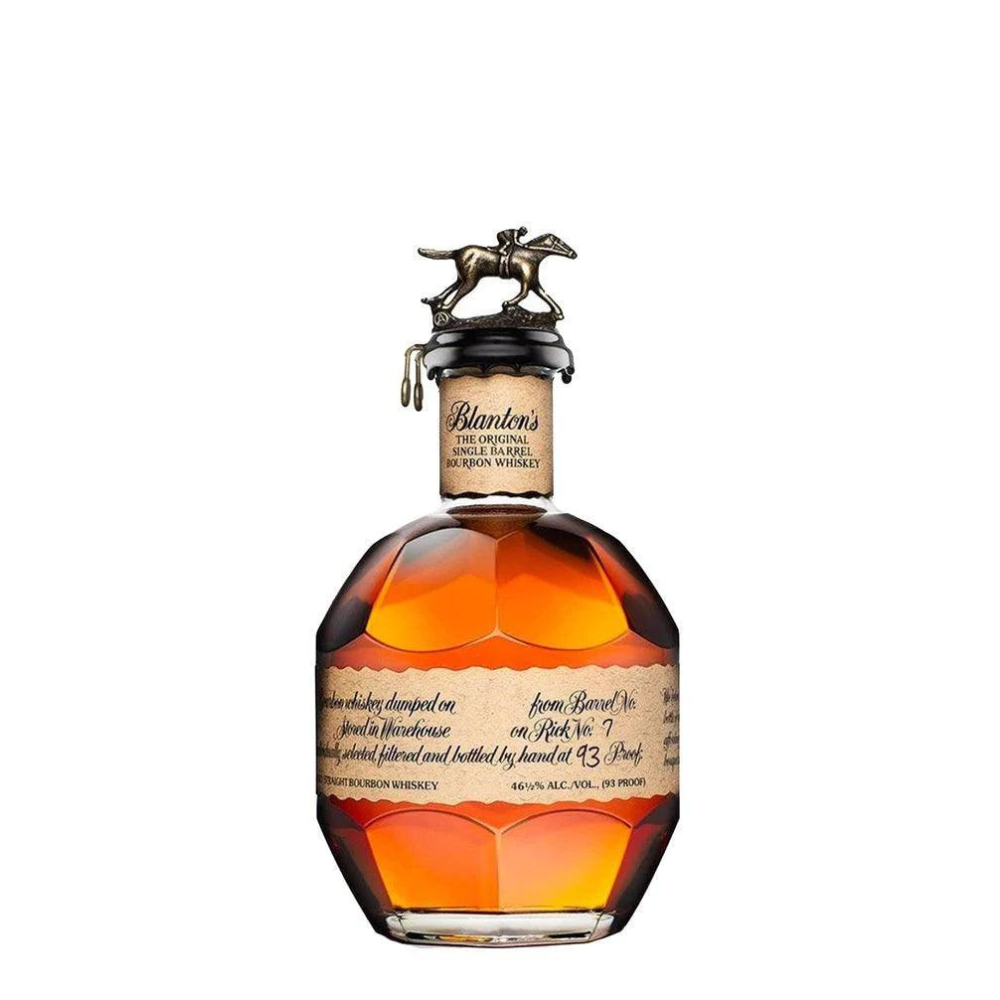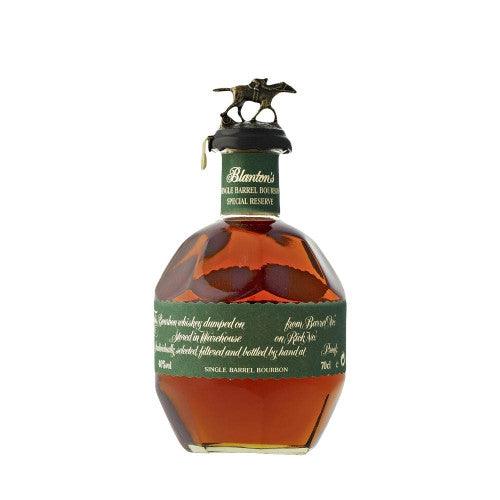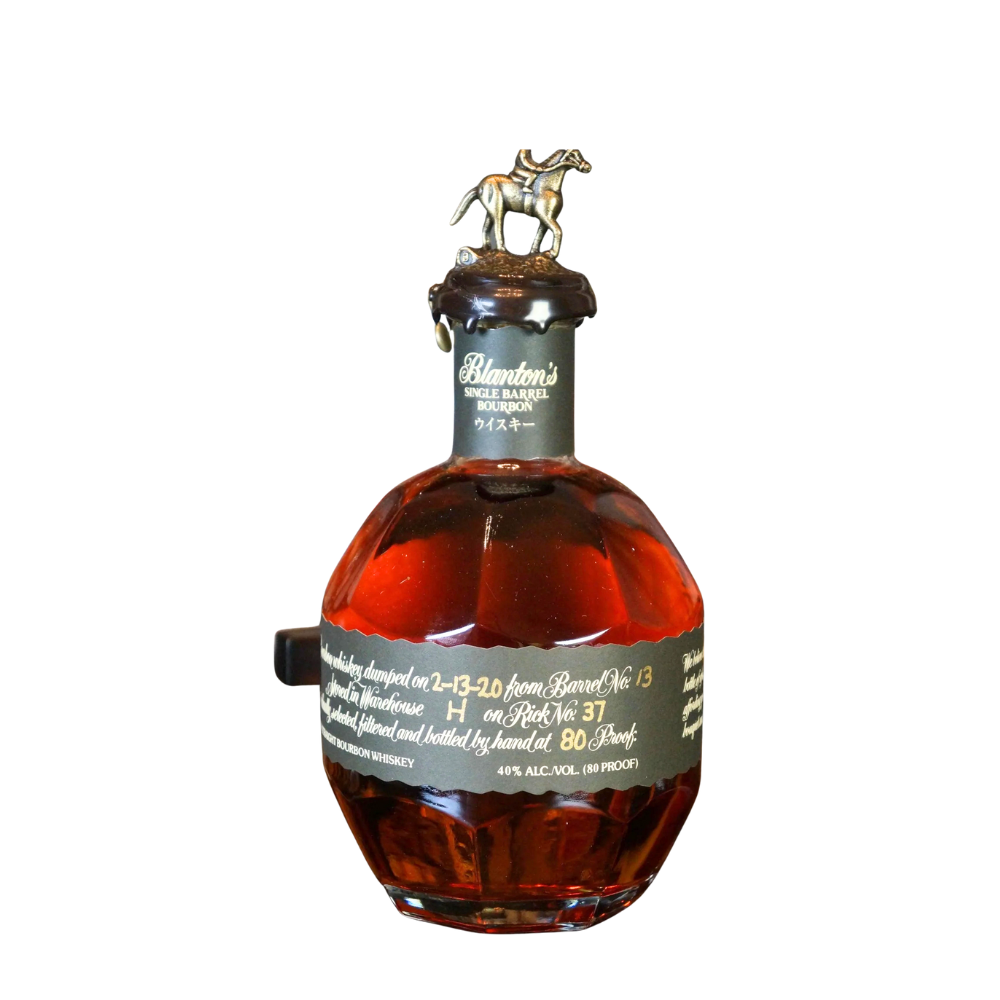What Is Scotch? A Guide to Whisky’s Most Legendary Style
There’s bourbon, there’s Japanese whisky, there’s Irish—and then there’s Scotch.
For many collectors, Scotch whisky sits at the top of the pyramid. It’s older. More storied. Sometimes smokier. Always complex. And when chosen well, it’s the kind of bottle that speaks volumes—without saying a word.
Whether you’re stepping up your bar cart, planning a gift that impresses, or finally exploring what all the fuss is about, here’s everything you need to know. Plus: a few bottles in our private collection that prove the hype is justified.
Everything You Need to Know About Scotch
Scotch is a type of whisky made exclusively in Scotland. Like all whisky, it’s distilled from grain, aged in oak, and deeply influenced by time and terroir. But to legally be called Scotch, it has to be made in Scotland and aged for a minimum of three years.
The word “whisky” comes from the Gaelic uisge beatha—meaning “water of life.” And while spelling varies (whisky in Scotland and Japan, whiskey in the U.S. and Ireland), it all starts with the same pursuit: craftsmanship in every drop.
Try a Classic Expression:
-
The Macallan 12 Year Double Cask – The definitive Speyside malt, smooth, honeyed, and stately.
-
Johnnie Walker Blue Label (200ml) – A prestige blend that commands respect and attention.
Scotch vs. Whiskey: What’s the Difference?
Think of Scotch as a category within whisky—just like bourbon or Irish whiskey. The key difference is location, ingredients, and process.
-
Scotch: Made in Scotland, typically from malted barley, aged in used oak.
-
Bourbon: American, made primarily from corn, aged in new charred oak.
-
Irish Whiskey: Often triple distilled and smoother, with a different grain blend.
-
Japanese Whisky: Inspired by Scotch, but often softer and more floral.
Want to Compare? Make It a Tasting Night.
If you’re curious about the differences between whisky styles, there’s no better way to learn than by pouring a few side-by-side and making an evening of it.
Host a casual tasting night with friends. Pick one bottle each from Scotch, bourbon, Japanese whisky, and Irish whiskey. Pour just a splash of each, take your time with the nose and palate, and talk it through. It’s low pressure, high reward—and you’ll be surprised at how much more you notice with a direct comparison.
Here’s how to build your flight:
-
Start with Scotch: Try The Macallan 12 Year Double Cask – A great entry into the richness and elegance of Speyside.
-
Then Bourbon: Try Bardstown Bourbon Company Origin Series Wheated Bottled-In-Bond – A modern wheated bourbon with deep caramel notes and a smooth, crowd-pleasing finish.
-
Next, Japanese Whisky: Try Hibiki Blossom Harmony or The Yuza Single Malt – Both showcase the delicate, refined style Japan is known for.
-
Finish with Irish Whiskey: Try Redbreast Tawny Port Cask Edition – A complex, fruit-forward finish that wraps the night beautifully.
Set out a few glasses, a bowl of water for cleansing the palate, and maybe some dark chocolate or salted nuts to pair. Bonus points if someone brings a cigar or a story. This isn’t just sipping—it’s leveling up your palate and your hosting game at the same time.
What Is Scotch Made From—and How Is It Made?
Every Scotch starts with just three ingredients: water, yeast, and grain. But the way those are handled—through malting, mashing, fermentation, distillation, and maturation—creates a spectrum of styles. Legally, Scotch must be made in Scotland, distilled below 94.8% ABV, aged at least three years in oak casks, and bottled at a minimum of 40% ABV.
Types of Scotch
There are five legal categories of Scotch whisky, but some are rare—even in Scotland. Let us know if you’re looking.
1. Single Malt Scotch Whisky
Made from 100% malted barley at a single distillery using pot stills. Try the Glenlivet 21 Year Sample Room – A classic, elegant Speyside single malt.
2. Single Grain Scotch Whisky
Made at a single distillery but can include other grains and typically uses a column still.
3. Blended Scotch Whisky
A blend of one or more single malts with one or more single grain whiskies. Try Johnnie Walker Blue Label (200ml) – A luxury blend known worldwide for its complexity and smoothness.
4. Blended Malt Scotch Whisky
A blend of two or more single malts from different distilleries, with no grain whisky.
5. Blended Grain Scotch Whisky
A blend of two or more single grain whiskies from different distilleries.
What Does Scotch Taste Like?
The beauty of Scotch lies in its range. The region, the recipe, and the barrel all influence the outcome.
-
Speyside: Fruity, smooth, and often sherried.
-
Highlands: Creamy, floral, and spiced.
-
Islay: Smoky, briny, and bold.
-
Campbeltown: Salty, oily, and rich.
Get to Know the Regions, One Sip at a Time:
Scotch isn’t a one-note spirit—it’s a full symphony of regions, each with its own character, climate, and flavor profile. From the peaty shores of Islay to the rich Highland hills, these bottles offer a taste of Scotland’s best in just a few sips.
-
Lagavulin 8 Year – Classic Islay with briny smoke and earthiness.
-
Glenmorangie Cadboll Estate 15 Year – Creamy malt and subtle citrus from the Highlands.
-
Balvenie 14 Year Caribbean Cask – Rum-finished and rounded with tropical sweetness.
What’s the Best Scotch?
The best Scotch is the one you're drinking—but let’s not pretend some bottles don’t carry more weight than others. Whether you’re collecting, gifting, or marking a milestone, these high-end expressions are guaranteed to impress.
Try These Showstoppers:
-
Macallan 1975 25-Year Anniversary – Vintage rarity with serious investment value.
-
Ardbeg 25 Year – Deeply peated and masterfully aged.
-
Glenmorangie x Azuma Makoto 23 Year – A floral, artistic collaboration.
-
Bruichladdich Black Art Edition 11.1 – Mysterious, unpeated Islay magic with cult appeal.
How to Drink Scotch (Without Ruining It)
Scotch isn’t meant to be drowned in soda or dumped over ice. If you’re investing in something special, drink it with respect:
-
Start neat or with a few drops of water.
-
Use a proper tasting glass—not a rocks glass.
-
Sip, savor, and let it linger.
Great Entry Points to Sip Neat:
-
Macallan Harmony Collection: Vibrant Oak – Accessible, elegant, and easy to love.
-
Benrinnes 21 Year (2024 Release) – Textured and rewarding.
-
Oban 10 Year (2024 Special Release) – Light peat with a Highland coastal profile.
Whether You’re Curious or Collecting, Start Here
There’s whisky—and then there’s Scotch.
If you’re ready to graduate from entry-level pours or you’re searching for a bottle that says I’ve arrived, our curated Scotch collection is where serious taste meets smart investment. From peated giants to elegant Speysides, The Bourbon Concierge is your inside track to whisky that sets you apart.
---
Preview image by The Pixel Blanket
Share





